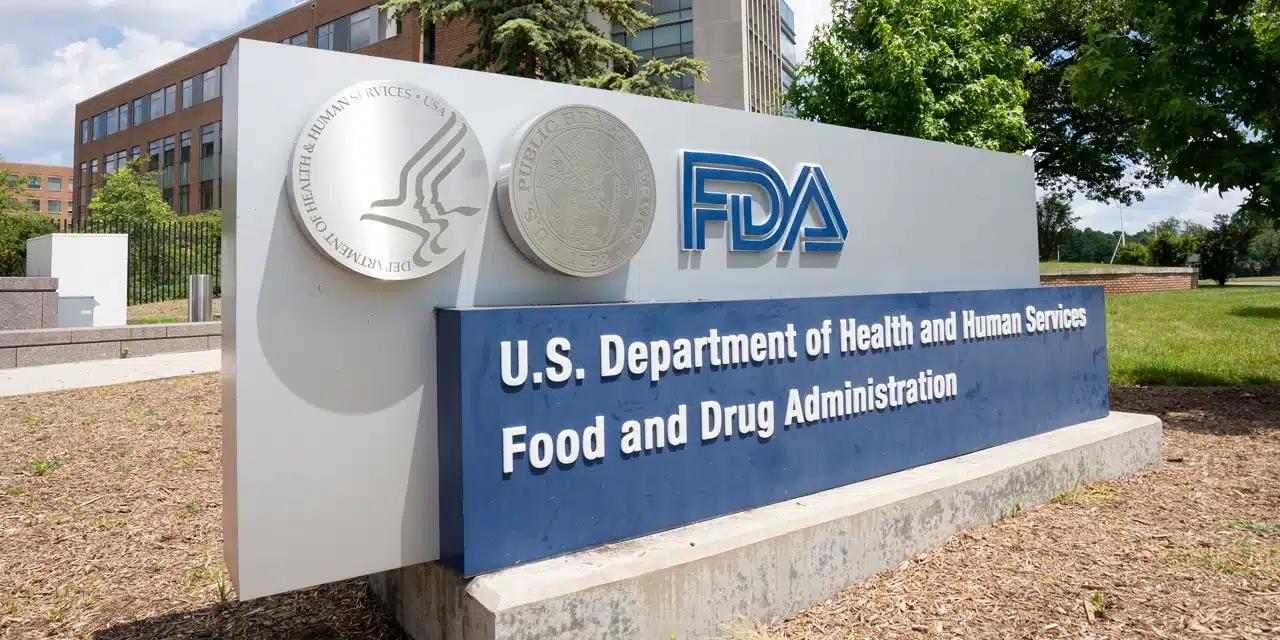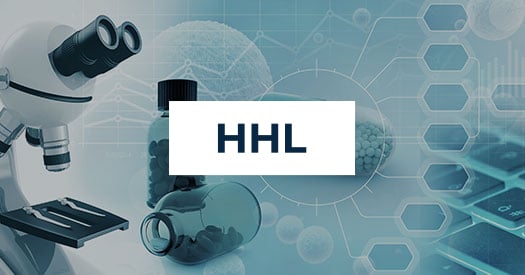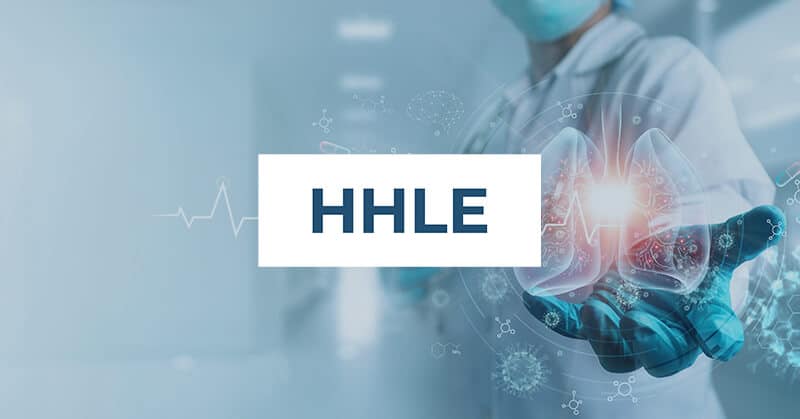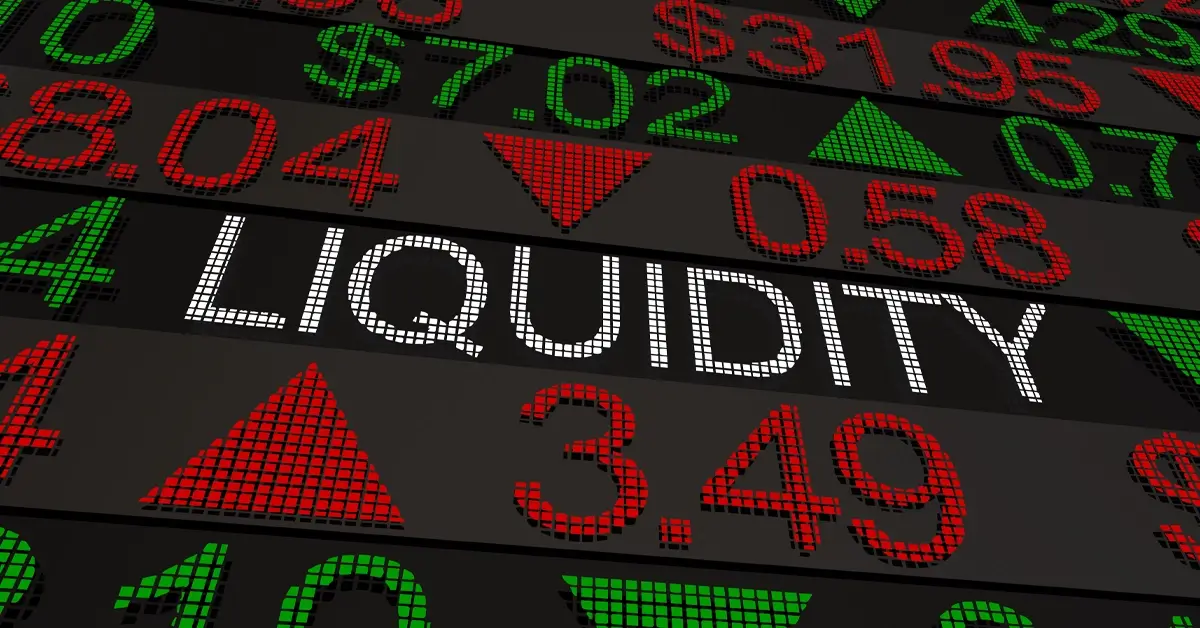By Paul MacDonald
The US healthcare sector comes with a wide range of positive, long-term growth trends. Healthcare is a superior good with consistent demand, and as countries age and get richer they spend more on healthcare.
Healthcare companies innovate, too. They develop new drugs, medical technologies, and clinical practices that can improve patient outcomes and generate value for healthcare investors. Those innovations can change the world—look at how the rapid development of vaccines helped end the COVID-19 pandemic. But one of the keys to those innovations is approval by the US Food and Drug Administration (FDA) the regulatory body charged with ensuring any drug or medical device that goes to market in the United States is safe and effective.
Because the US is the largest and most important market for global healthcare, investors who want to access the sector’s innovative trends should familiarize themselves with the FDA and how FDA approvals can impact their healthcare investments.
How does the FDA approval process work for drugs & medical devices?
The FDA is charged with ensuring the safety and effectiveness of every drug and medical device sold in the US (as well as huge parts of the US food system). The size and scale of that responsibility means that the regulatory approvals process for drugs and medical devices is complicated and time consuming. Drugs and devices also have their own distinct approvals processes.
Drugs are evaluated by the FDA’s Center for Drug Evaluation and Research (CDER). The CDER approval process begins with drug companies. These companies must develop and test their drug, first in animals and then in human subjects. Companies then submit their evidence to CDER where it is assessed by a team of physicians, statisticians, chemists, pharmacologists, and other scientists. Those experts assess the data, as well as proposed labeling of the drug to establish whether a drug’s health benefits outweigh its health risks.
The FDA’s approval process for medical devices is somewhat similar, involving multiple rounds of testing conducted by the company followed by expert panel reviews. One key difference is the classification of medical devices by their level of invasiveness and potential risk to patients, which will determine the level of rigor applied in the review process.
This process involving multiple stages of clinical trials and multiple reviews can take years to complete. It is also very capital intensive for the company and lacks any guarantee of success. However, because it applies to all drugs and medical devices this process is incorporated as a ‘cost of doing business.’
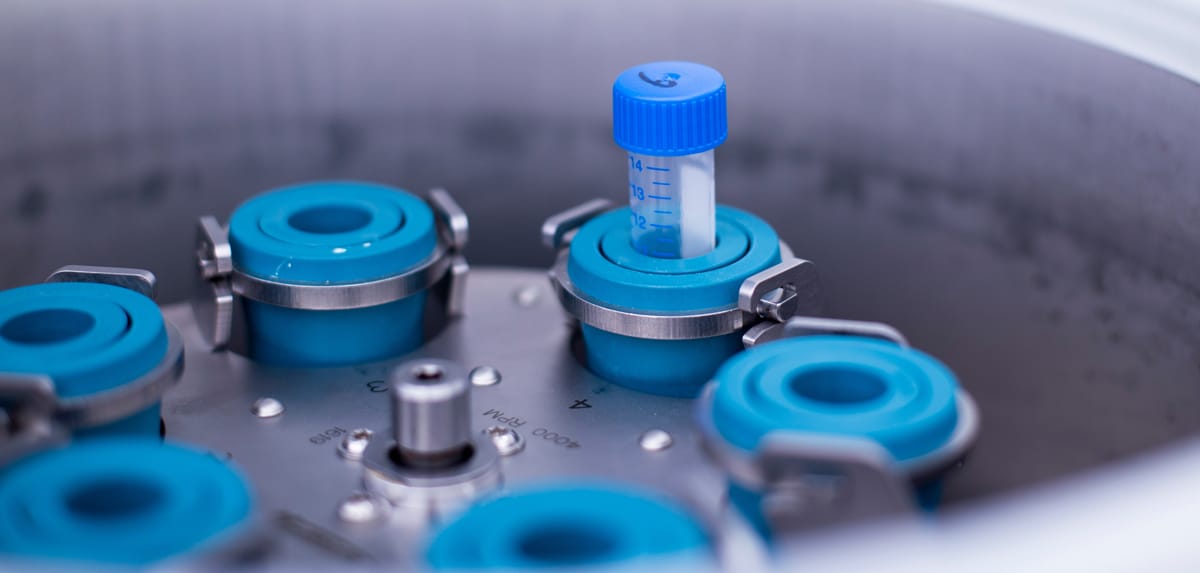
How FDA Activity can affect healthcare stocks
Seasoned healthcare investors will treat each state of the approval process for a drug or device as a potential inflection point. Trial results are typically released to the public and investors can review that data themselves, and at each stage the likelihood of final regulatory approval becomes easier to gauge, drawing more investors to a particular pharmaceutical or medical device company.
A study in the Journal of Finance and Accountancy has shown a direct link between FDA approvals and healthcare company stock prices, specifically in large-cap pharmaceuticals. However, it is somewhat rare for a single approval to send a stock price skyrocketing. That is largely because many investors will price in the approval of a key drug or technology throughout the approval process as approval becomes more likely, as stages of the approval process progress over time. Healthcare investors seeking to capture value from Healthcare innovations may want to make themselves aware of these drugs earlier in their approvals process.
While the approval of a drug or technology can positively impact a stock, there is also risk associated with these regulatory approvals. If a drug or device fails, especially if it fails unexpectedly, at any stage in the process then it could significantly impact share price. That’s because a failure could potentially represent years and millions of dollars of investment that end up going nowhere. The same is true to the upside, if a trial is not expected to garner statistically meaningful results, but it does, that can send share higher.
The strategy that investors use to manage regulatory risk is diversification. By diversifying exposure to medical innovations through multiple drug and device companies, investors can enjoy positive exposure to clinical trials and FDA approvals while moderating out any big losses that can impact a single company or a single therapeutic area. One way to achieve that diversification is through a healthcare ETF.
The Harvest Healthcare Leaders Income ETF & Innovation exposure
Canada’s largest healthcare ETF—the Harvest Healthcare Leaders Income ETF (HHL:TSX)—is set up to benefit from the Healthcare industry’s innovation trends. That’s because it holds a diversified basket of healthcare companies, screened by market capitalization and selected to deliver an appropriate mix of healthcare subsectors.
Market capitalization screens are a useful way to ensure that the companies held in the portfolio are big enough to capture value from innovation. Getting a drug through the FDA approvals process and to market is very costly and time consuming. In the current environment, this favors companies that have strong balance sheets and access to cash flows. This means many of the largest established companies that have a diverse array of drugs and technologies in their R&D ‘pipelines.’ Moreover, given the long process, many smaller innovators need to partner with a large-cap pharma or device company to get their drug or device through the approvals process. Put simply, the biggest players are the best at managing regulation and processes to go from R&D through to production.
By diversifying across subsectors HHL can benefit from a range of different innovations and approvals. That diversification can also help mitigate risk related to any failures in the approvals process. It also means that investors can stay exposed to these positive trends at nearly every point in the cycle, without having to pore over dense regulatory reports and clinical trial findings.
Many investors seek healthcare exposure because of the innovation trends inherent in many leading healthcare companies. The FDA approvals process is key to those innovations. An ETF like HHL can deliver exposure to those innovations with diversification and a large-cap focus that has structural advantages through the FDA process.
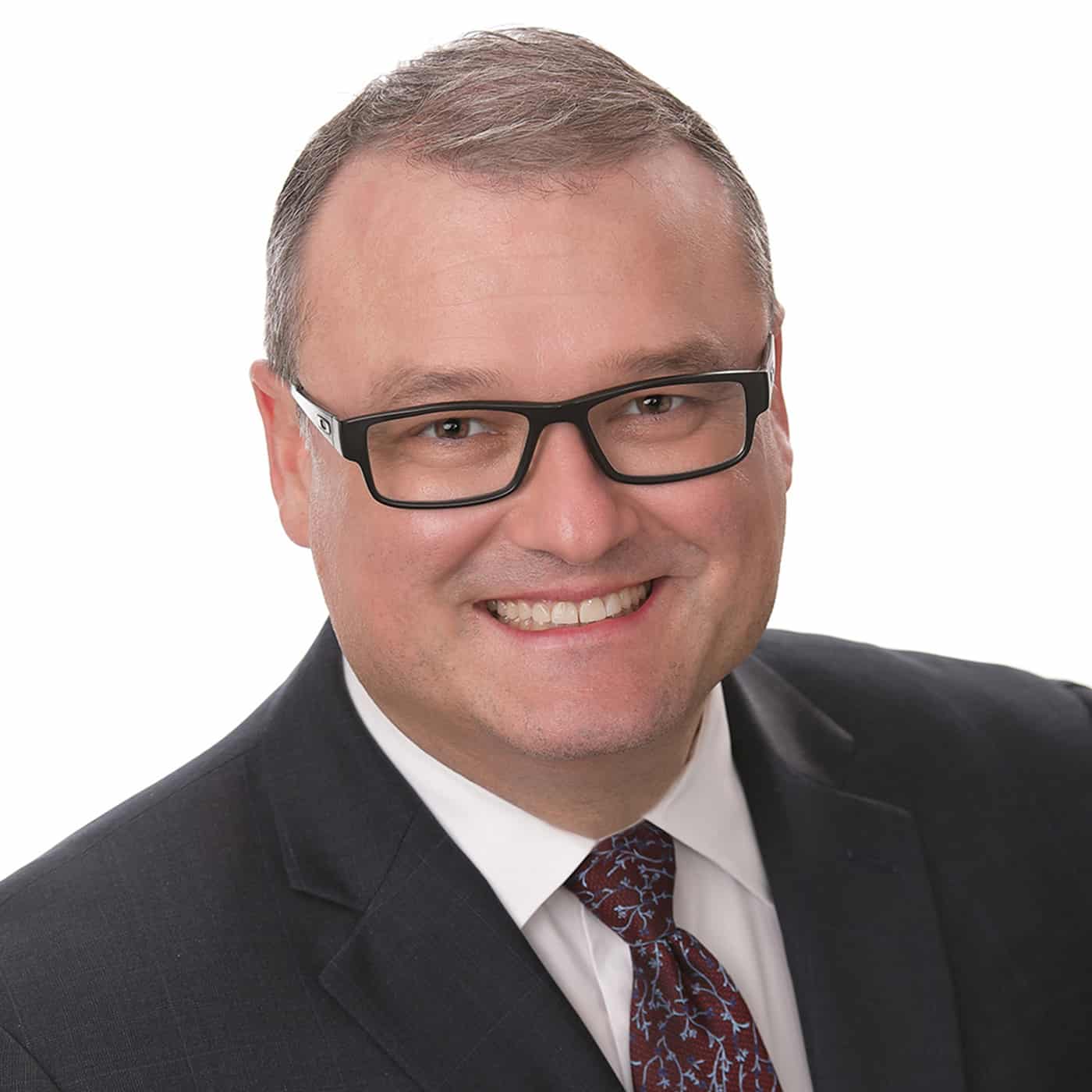
Paul MacDonald
Paul MacDonald is the Chief Investment Officer and Portfolio Manager at Harvest ETFs. He has over 20 years investment management experience and currently leads the Harvest investment team. He oversees all of Harvest’s ETF strategies, leads Harvest’s covered call options trading, and plays a key role in new product development. He is considered an industry expert on call options strategies and the Healthcare sector, with regular media appearances on BNN Bloomberg and in the Globe & Mail.


